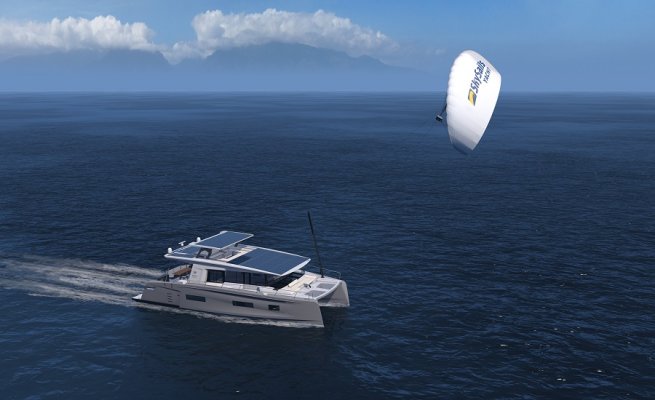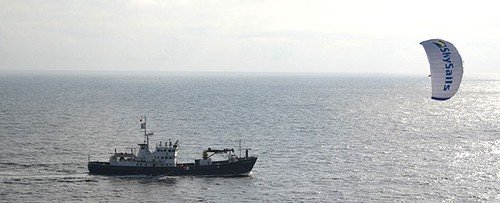I remember having a conversation with Richard from dauntless about this years ago. The OP may want to revisit some of Richard’s postings from then as it was a big concern for a while til it wasn’t.
Bottom line wether you have two or one engine/ props somebody has to go underwater to clear it if it becomes fouled.
Steve Seaton designed the OP’s boat in the era of Bebe as a reliable sturdy PassageMaker ie no need for a secondary engine. Dauntless and many others have crossed the pond successfully on one.
With the amount of floating junk in the water including long line fishing gear and nets, going in the water with a serrated knife should be part of an ocean crossers plan as a last resort. I believe there are a couple accounts of rec boaters doing this in the middle of oceans in the Power Passage Making Book.
I was thinking of my earlier posts regarding wing entanglement.
Scenario - main prop gets wrapped up tight, and operator either won't go in the water because they are not up for it, or the conditions won't allow it. A swim step on the down pitch can knock you out cold so I am not making light of any of this and the seriousness involved with a water entry.
Main:
-Try the reverse manuever.
-Try to clear as much of the junk from the swim step with a boat hook. Pull, cut...repeat.
No luck with main: switching to a folded Wing.
Wing:
-If possible, at least go in the water at the side of the boat and see if it's clear and if possible try to clear it. Depending on how it's mounted, it should be easier to access than the main. Another option is a go pro on a stick.
-If no water entry possible or just dont want to go in, try the boat hook method again. I still think a folded prop that was not rotating during the initial line/net/mess encounter may not be wrapped up tightly. It's the spinning prop that pulls everything tight and makes it more difficult to remove.
-The wing may be useable, but the main is still wrapped, but if it was possible to remove the bulk of the junk off the main, the wing may have a clear pocket of water to operate in.
I realize I am making a lot of assumptions here, just throwing some ideas out.




